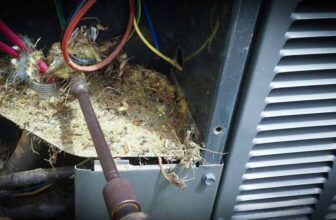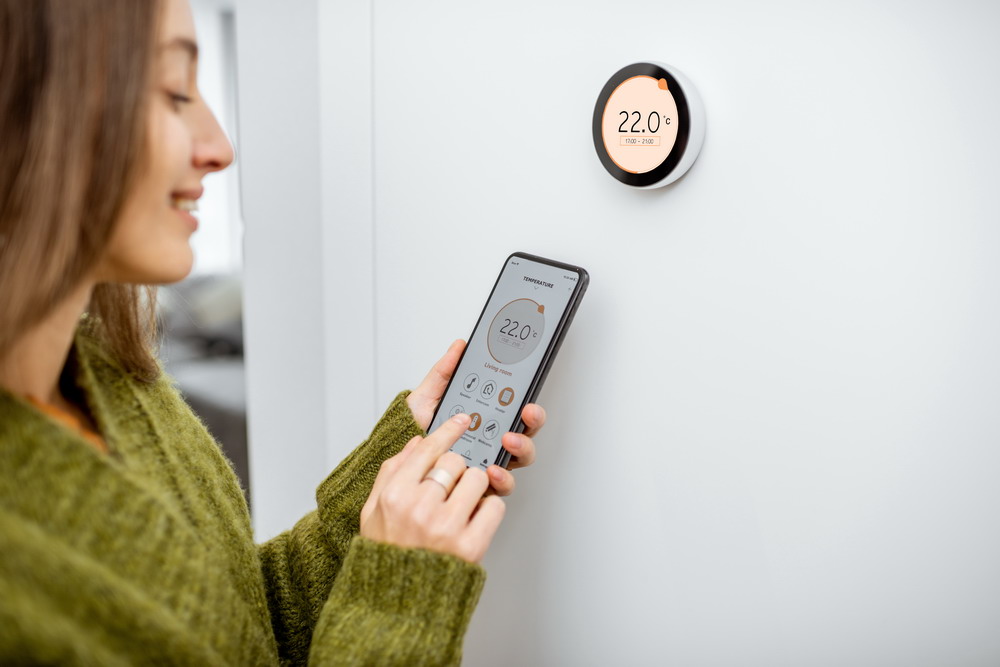
Replacing a thermostat is one of those basic home repair projects most people can do. It is pretty simple. At least it used to be, before smart thermostats were invented. These days, installing a new thermostat can be a bit more challenging. It is not impossible, though.
The key to doing it without breaking something requiring a visit from the repair man is understanding exactly how thermostats work. Once you know that much, replacing a thermostat is a matter of attaching the right wires to the right screws. Wires are color-coded so you know exactly what each one does. Figure that out and you’re golden.
Table of Contents
What a Thermostat Does
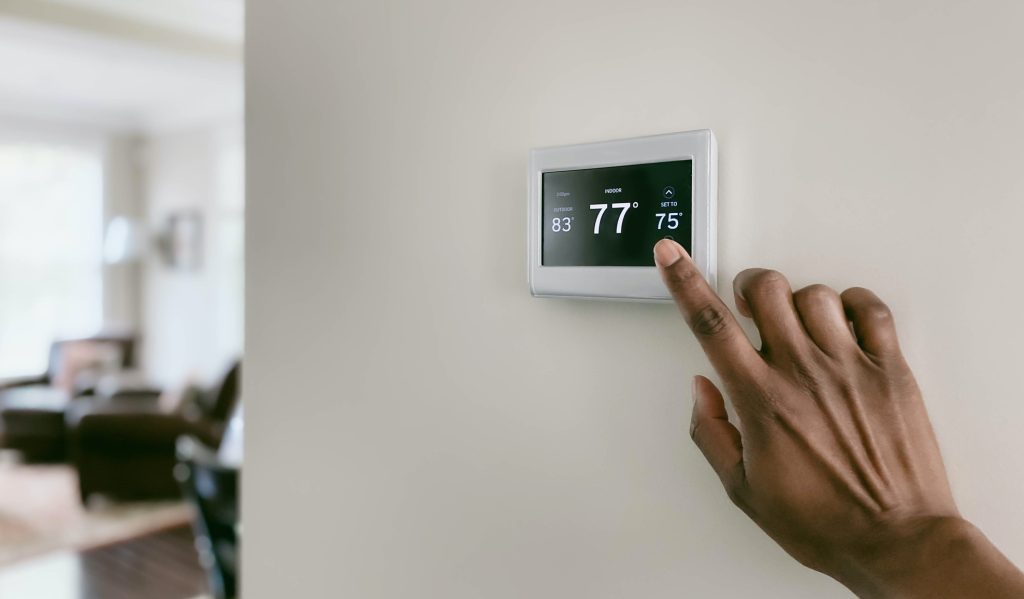
Source: arstechnica.com
A thermostat is essentially a fancy switch that turns your HVAC systems on and off based on ambient temperature. As such, a basic thermostat is comprised of two components: a temperature measuring device and a power switch. That is pretty much it. More complex thermostats have circuit boards and microchips for programming purposes.
A thermostat’s primary function is to control a home’s HVAC unit. After all, you don’t want the furnace or air conditioner running 24 hours a day. Thermostats save money and allow you to keep the temperature inside your home at a comfortable level.
Different Kinds of Thermostats
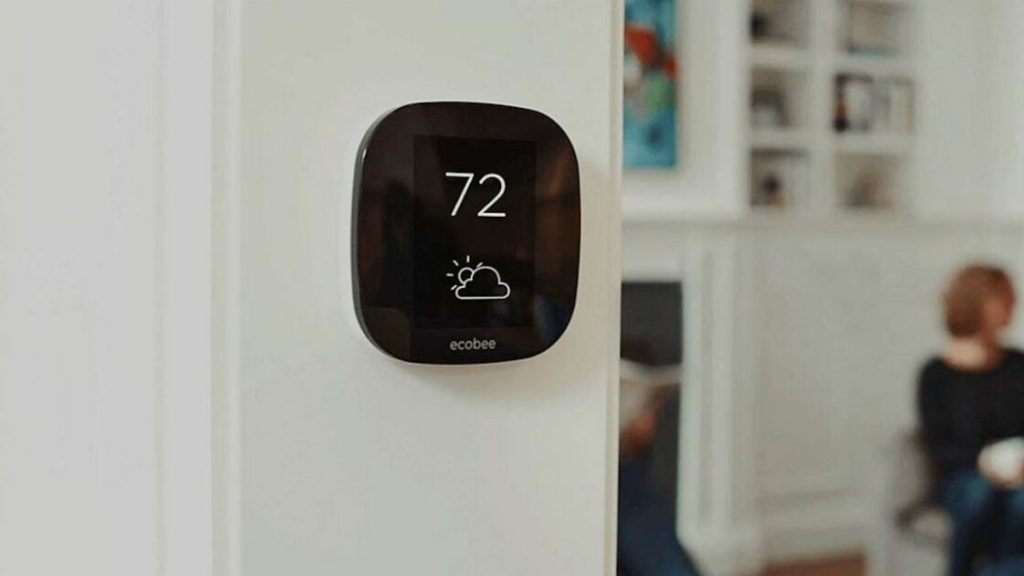
Source: pcmag.com
Back in the old days, there was only one kind of thermostat you could buy. Today, this is not the case. You can choose between a basic mechanical thermostat, a smart thermostat, or something in between. The three main types of thermostats are as follows:
1. Mechanical Thermostats
A mechanical thermostat is just as its name implies. All its internal components are mechanical rather than electronic. In most cases, mechanical thermostats are dial thermostats. They are easy to recognize thanks to a spinning dial. Some have a needle that indicates the current temperature similar to a fuel gauge on your car.
2. Programmable Thermostats
A programmable thermostat is an electronic thermostat with programming capabilities. First-generation programmable thermostats offered LED screens you had to navigate by pushing just two or three buttons. They were so hard to use that people would buy them and end up never programming them. Programming was just too complicated.
3. Smart Thermostats
The smart thermostat is the third one on our list. A smart thermostat is programmable, but it can do so much more. It is designated as smart for a couple of reasons. First, it can be programmed to automatically adjust the temperature. Second, it can be accessed and controlled remotely. Third, some of the more advanced smart thermostats can artificially learn a homeowner’s daily routine and then self-adjust.
More About Smart Thermostats
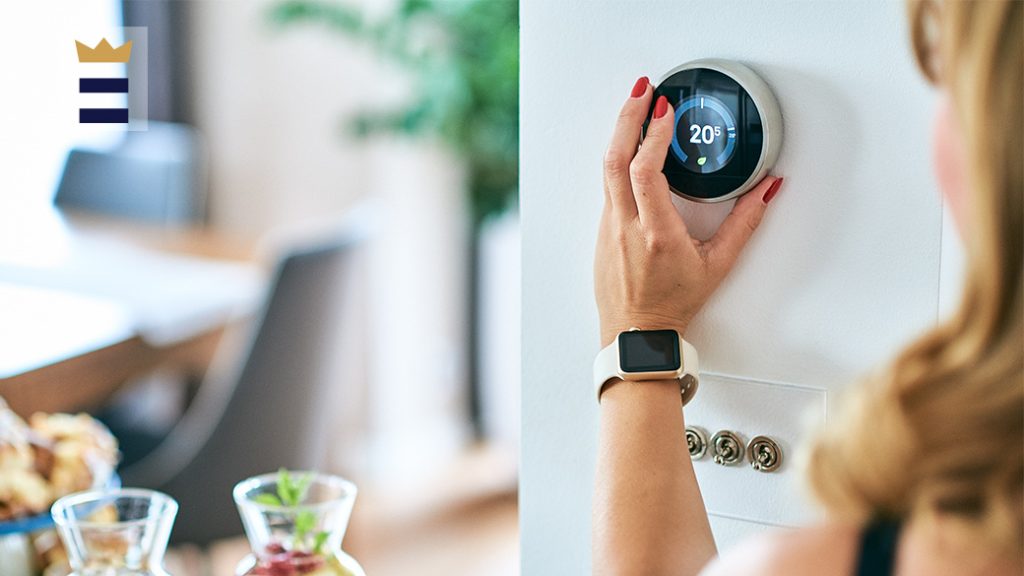
Source: wfla.com
Smart thermostats are really where it’s at today. If you want to know all of the ins and outs of the modern smart thermostat, check out The Smart Thermostat Buying Guide published by Vivint. In the meantime, this post will highlight some of the more important things to note.
What really separates a smart thermostat from a standard programmable thermostat is connectivity. All its features – automated programming, remote access, and artificial learning – require connection to the outside world. As such, modern smart thermostats are generally wi-fi-enabled. Though there are other wireless protocols, wi-fi is the most popular.
The implications of a wi-fi-connected thermostat are pretty impressive. Here are just two of the possibilities:
1. Overriding Programming
A standard programmable thermostat can be programmed according to your weekly schedule. If you ever need to override that program, you have to do it at the device itself. That means standing at the thermostat, working your way through the menus, and making changes.
A smart thermostat with wi-fi conductivity offers an entirely different experience. You can override programming from virtually anywhere using your cell phone and a mobile app. For example, if you are going to be out later than you anticipated, temporarily override programming so you are not heating an empty house.
2. Integration with Geofencing
As long as you are using your cell phone to override programming, why not tie your smart thermostat into the built-in GPS functions already on your phone? It’s pretty simple to do with a geofencing app. What is geofencing? It is using your phone to establish an electronic perimeter around your property. You can then program smart home devices to operate based on your location in relation to that perimeter.
Integrate geofencing with a smart thermostat and you can do some interesting things. You can program the thermostat to automatically turn itself down when you leave the house. Likewise, you can program it to increase the temperature as you are pulling into the driveway.
It is All About Energy Efficiency
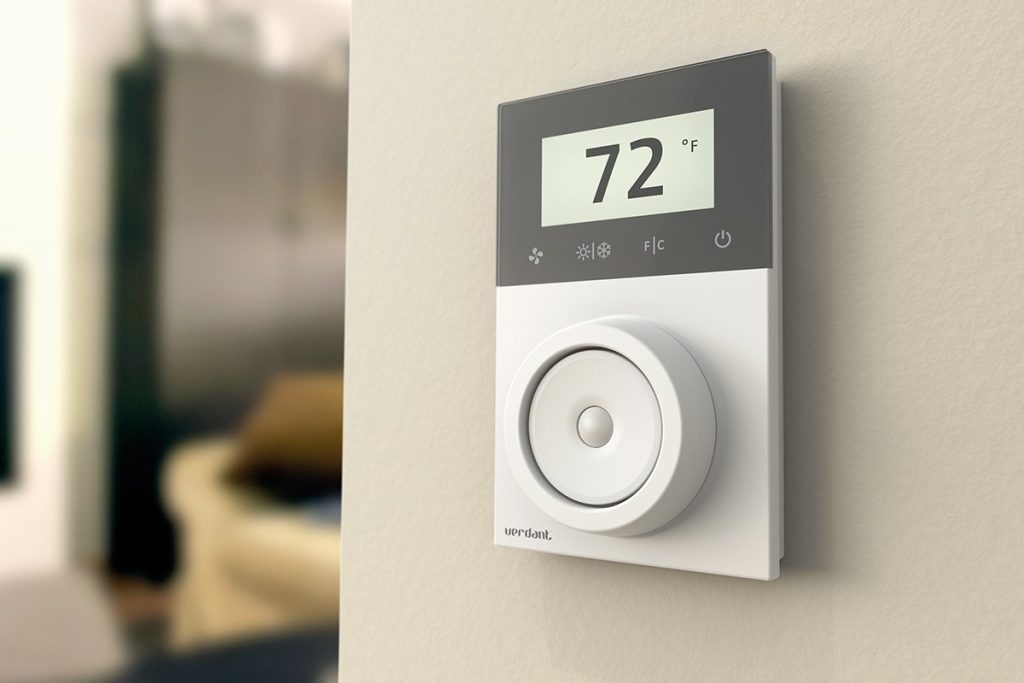
Source: hotelmanagement.net
We can wrap up this entire discussion with the idea of thermostats and energy efficiency. When you stop and think about it, energy efficiency is what the thermostat is all about. A home would not be very energy-efficient if there were no way to control ambient temperature. From its very foundation, the thermostat has been an energy efficiency device.
If you should ever need to replace your thermostat, consider the efficiency question. How efficient is the thermostat you are replacing? The answer should be as obvious as the thermostat itself. A mechanical thermostat certainly gets the job done, but it is not very efficient in terms of the amount of effort it requires. It is also not efficient in the sense that you cannotprogram it. If you forget to manually adjust it, you might be heating or cooling your house unnecessarily.
Likewise, a programmable thermostat is only as efficient as the programming itself. If you are not taking full advantage of programming capabilities, you might just as well have a mechanical thermostat.
The smart thermostat is your best bet if efficiency is your primary goal. Modern smart thermostats are as easy to use as cell phones. They are easy to program and adjust. Because they can be accessed remotely, they offer complete control at your fingertips.
That is everything you need to know about thermostats before you replace one.





